I want to use y=a^(b^x) to fit the data below,
y <- c(1.0385, 1.0195, 1.0176, 1.0100, 1.0090, 1.0079, 1.0068, 1.0099, 1.0038)
x <- c(3,4,5,6,7,8,9,10,11)
data <- data.frame(x,y)
When I use the non-linear least squares procedure,
f <- function(x,a,b) {a^(b^x)}
(m <- nls(y ~ f(x,a,b), data = data, start = c(a=1, b=0.5)))
it produces an error: singular gradient matrix at initial parameter estimates. The result is roughly a = 1.1466, b = 0.6415, so there shouldn't be a problem with intial parameter estimates as I have defined them as a=1, b=0.5.
I have read in other topics that it is convenient to modify the curve. I was thinking about something like log y=log a *(b^x), but I don't know how to deal with function specification. Any idea?
